
Ulcers can appear on any part of the human body, including the legs. They appear on the skin when it breaks down and bacteria and air get into the tissue under the skin. Ulcers look like scabs or open wounds and can be red or swollen. Leg ulcers usually appear on the lower parts of the legs or on the feet.
Leg Ulcer Symptoms
Occasional or constant stinging pain in the leg(s) and edema around the ankles are common signs of leg ulcers. When the person presses the finger on the swelling it holds the imprint for some time. Leg affected with ulcer may cause aches, itching, swelling and heavy feeling. High blood pressure in the veins of the legs may cause venous eczema, itchiness and skin irritation. Skin around the leg ulcer may be discolorated or darken in color. Another symptom of leg ulcer is hardening of the skin around the ulcer, known as lipodermatosclerosis. Smooth areas of white skin with tiny red spots (called atrophie blanche) is another sign of skin ulcer.
Possible Causes of Leg Ulcers
Scientific research concluded that ulcers are usually caused with some problems associated with the blood supply of the skin, which should be addressed with proper treatment. Poor circulation and conditions known to affect circulation, such as hypertension, diabetes and rheumatoid arthritis may also be explanations behind leg ulcers.
Infections of the skin, either bacterial or viral, may even worsen present eczema and ulcers on the legs. Depressed or impaired immune system can be yet another possible cause of leg ulcers. Besides mentioned causes, ulcers may also appear in people suffering from water retention, kidney diseases, congestive heart failure of inflammatory bowel disease, including colitis, Crohn’s disease and some other conditions.
Elderly patients usually suffer from poor circulation and this is the main cause of leg ulcers in this age group. Obesity and diabetes may also contribute significantly to this condition, as well as sitting for a long period of time and not elevating the legs.
Treatment of Leg Ulcers
Overweight and obese people suffering from leg ulcers should lose some excess weight in order to improve their problem. Body detox is also considered to be useful treatment, but patients must be treated for the cause of their problem, not merely for their symptoms. Diabetic patients usually have no problems with leg ulcers after the proper management of blood sugar. Treatment for leg ulcers may include cleansing of the wound, application of some dressings and/or anti-inflammatory therapy.






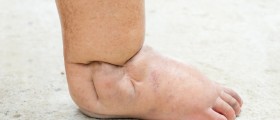



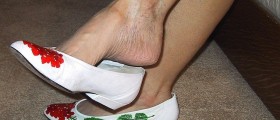
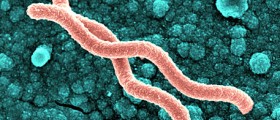

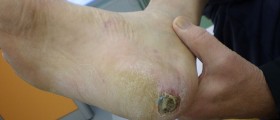
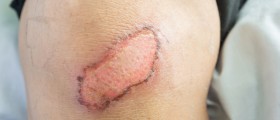


Your thoughts on this
Loading...